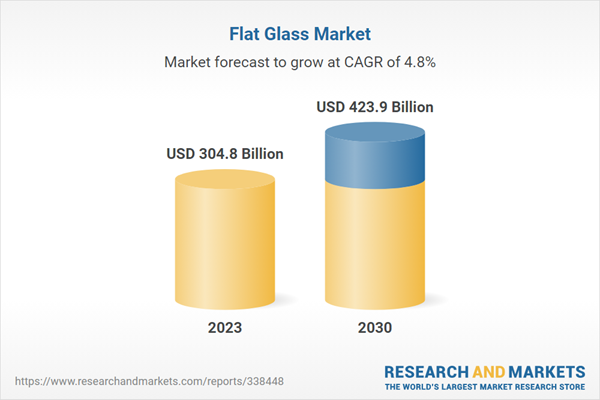

Understanding Passive Low-E Glass A Sustainable Solution for Modern Architecture
In recent years, the demand for energy-efficient building materials has surged as the world becomes increasingly aware of the implications of climate change. One such innovation that stands at the forefront of sustainable architecture is passive low-emissivity (Low-E) glass. This remarkable material is revolutionizing the way we design and construct buildings, providing both aesthetic beauty and energy efficiency while contributing positively to environmental sustainability.
What is Passive Low-E Glass?
Passive Low-E glass is specifically designed to reflect heat and transmit natural light, creating a comfortable indoor environment while minimizing energy consumption. The term “Low-E” refers to the low emissivity of the glass surface, which is coated with a thin, transparent layer of metallic oxide. This coating significantly enhances the glass's thermal performance, allowing it to limit the amount of infrared and ultraviolet light that infiltrates while permitting visible light to pass through. As a result, buildings can maintain a stable temperature, reducing the reliance on artificial heating and cooling systems.
The Benefits of Passive Low-E Glass
1. Energy Efficiency One of the most significant advantages of passive Low-E glass is its ability to improve a building's energy efficiency. By minimizing heat transfer, it helps maintain a consistent indoor temperature, which can lead to substantial energy savings over time. Studies have shown that buildings equipped with Low-E glass can reduce heating and cooling costs by up to 30% compared to those using standard glass.
2. Comfort and Aesthetics Passive Low-E glass offers more than just energy savings; it also enhances comfort and aesthetics. The glass provides ample natural lighting, which can create a pleasant atmosphere within the space. Additionally, it reduces glare and prevents UV rays from fading interior furnishings, contributing to the longevity of decorative elements inside the building.

3. Environmental Impact By decreasing energy consumption, passive Low-E glass contributes significantly to reducing greenhouse gas emissions. As buildings account for a considerable portion of global energy use and emissions, incorporating energy-efficient materials like Low-E glass plays a crucial role in combating climate change. This sustainable choice supports green building initiatives and contributes to certifications such as LEED (Leadership in Energy and Environmental Design).
4. Versatile Applications Passive Low-E glass can be used in various architectural projects, ranging from residential to commercial buildings. Its versatility allows architects and designers to incorporate it into different styles and designs, enhancing the contemporary look of structures while promoting sustainability.
Considerations for Implementation
While the benefits of passive Low-E glass are compelling, several factors need to be considered during the implementation process. Architects and builders should evaluate the specific climate of the location, as the performance of Low-E coatings can vary based on geographical conditions. Additionally, the orientation of the building and the intended use of space will influence the selection of the appropriate Low-E glass type. Consulting with experts in energy-efficient design can ensure optimal decisions are made for each unique project.
Conclusion
In conclusion, passive low-emissivity glass is more than just a building material; it represents a paradigm shift towards sustainable architecture. With its myriad benefits, including energy efficiency, comfort, aesthetic appeal, and minimal environmental impact, it is an ideal choice for modern constructions. As we continue to innovate and prioritize sustainability in our designs, passive Low-E glass stands out as a beacon of hope for a greener tomorrow, proving that beauty and functionality can coexist harmoniously in the built environment.